Are you addicted to sugar and hope that sugar-free sweeteners are the answer?
Discover the 3 most common mistakes when using sugar replacements … and how to fix them.
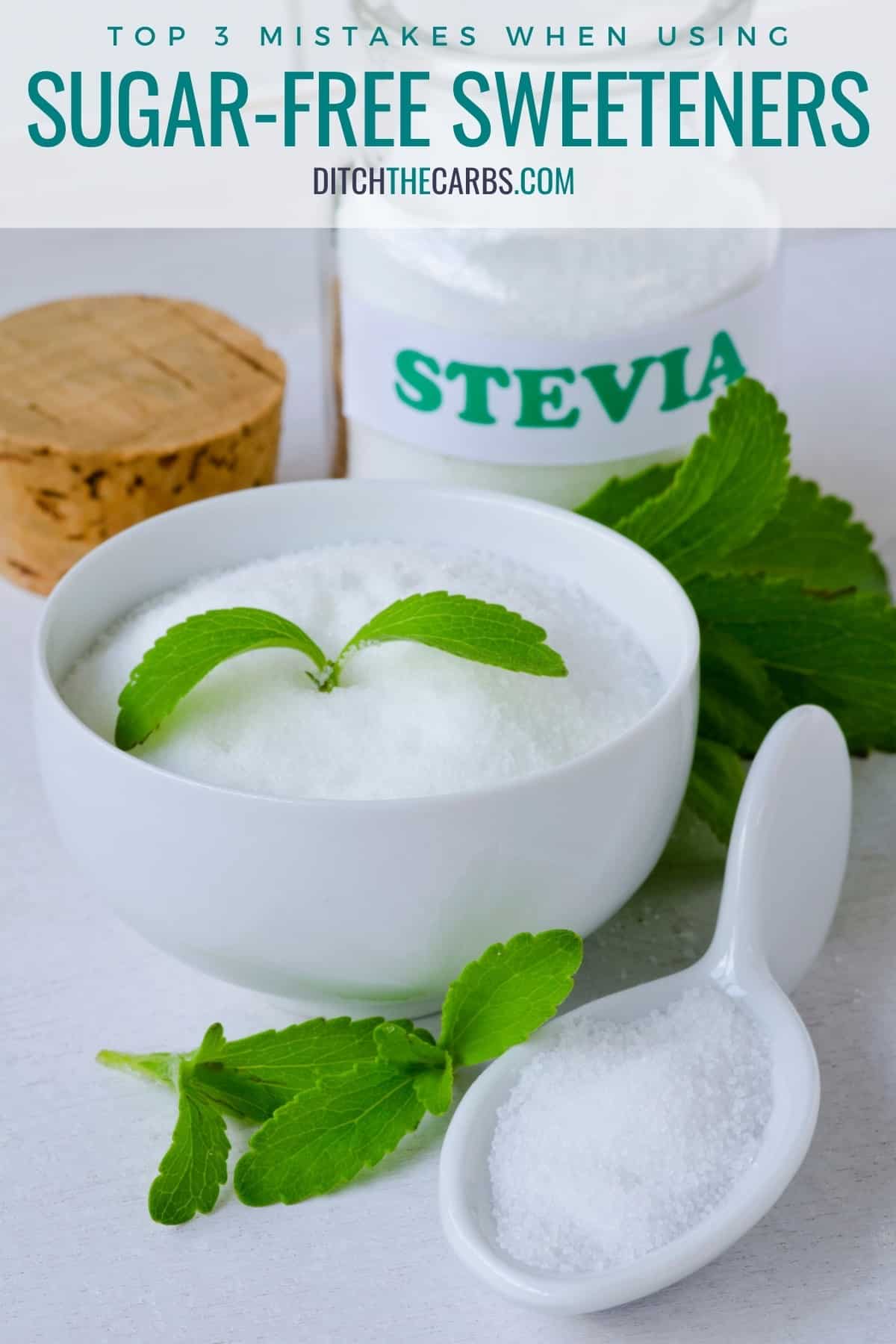
It can be tough to stop eating or drinking refined sugar. However, given its many harmful side effects (including raised blood sugar levels, and weight gain), it’s definitely worth giving up.
The good news is you can always turn to sugar-free sweeteners, such as stevia and erythritol, as an alternative when you need to add something sweet to your recipe.
Are you ready to create the ultimate 12-month blueprint for reaching your health & weight loss goals this coming year?

Our free on-demand video training will walk you through how to make 2024 THE year you set health goals…and keep them.
But did you know there is a right way to use these sugar substitutes so they don’t compromise the dish and leave you with a bad experience? Let’s take a look at the top three mistakes to avoid when using low-carb, sugar-free sweeteners.
What are low-carb sweeteners?
These artificial sweeteners offer a similar, sweet taste to refined sugar but without raising your blood glucose and without a high amount of calories.
If you are eating or drinking too much sugar, using alternative sweeteners (and no nutritive sweeteners) is a quick and easy way to reduce your sugar intake. The health benefits of living sugar-free are undeniable. You may improve your heart health, reduce insulin resistance, improve metabolic health and of course, help prevent tooth decay and help with weight loss.
People use them as a direct substitute for sugar when they want to add sweetness to a variety of foods and beverages. This includes anything from sugar-free candy to diet soda to ice cream and desserts.
But a lot of beginners make some simple mistakes that waste a lot of expensive baking ingredients. You need to discover the correct way to use keto sweeteners.
How often should you use sweeteners?
While these low-calorie sweeteners may help satisfy a sweet tooth, and reduce your calorie intake, there isn’t a lot of nutritional value, so these treats should still be enjoyed sparingly. And part of the ethos of living on a low-carb diet or keto diet is to not rely on sweet foods but opt for nutrient-dense foods. AKA a clean whole food diet.
Additionally, the terminology and food labels surrounding sugar alternatives can get quite muddled. Some manufacturers of sugar-free sweeteners advertise their products as ‘natural sweeteners’ even though they’ve undergone some form of processing before being packaged.
Conversely, some natural sweeteners are marketed as “refined sugar free” but all that means is a natural form of sugar eg: coconut sugar and honey which are both sugars and both will raise your blood sugars just as much as table sugar.
Also known as keto sweeteners, these low-carb sugar alternatives are readily found at grocery stores can help you ditch refined sugar for good. Though not all of them are entirely calorie-free, they usually possess fewer calories coupled with a high level of sweetness that it doesn’t take much to sweeten the dish. As a result, there are virtually zero calories added to the food or soft drinks.
How many calories are there in sweeteners?
There are almost zero calories on most sweeteners, however, there are some sweeteners such as honey, coconut sugar and agave that contain just as much as regular table sugar.
Some sugar alcohols are high in carbohydrates but because of their chemical structure, they are not absorbed in the digestive tract. These are referred to as non-absorbable carbs and we do not count them.
Let’s compare the lower glycaemic index, calories of each sweetener, net carbs in each one compared to the calories of sugar and you can decide which ones are a better choice to reduce your caloric intake or carbohydrate intake.
All values below are per 1 teaspoon (or the equivalent of 1 tsp).
Calorie chart
| SWEETENER | CALORIES | NET CARBS | KETO FRIENDLY |
|---|---|---|---|
| Table sugar (4g) | 16 | 4g | ❌ |
| Dextrose (4g) | 15 | 3.5g | ❌ |
| Coconut sugar (4g) | 15 | 4g | ❌ |
| Honey (7g) | 21 | 5.8g | ❌ |
| Agave nectar (7g) | 22 | 5.3g | ❌ |
| High fructose corn syrup (7g) | 20 | 5.3 | ❌ |
| Stevia (1g) | 3 | 0.8g | ✅ |
| Erythritol (4g) | 0 | 0 | ✅ |
| Xylitol (4g) | 10 | 0 | ✅ |
Nutritional values from cronometer.com
The Top 3 Mistakes You’re Making: Video
Let’s break down these mistakes…and talk about why they are harmful.
Whether you opt for stevia, sugar alcohols, monk fruit extract or swerve brown sugar substitute, there are many low calorie sweeteners to choose from.
#1 Using Too Much
This is particularly true with stevia, which is best enjoyed in small amounts. If you’re using stevia to add some sweetness to your food or drink, and you’re not enjoying the taste because it is bitter, it could be because you’re using too much of it.
Stevia is one of the most popular low-carb sweeteners available. It is made from the Stevia rebaudiana plant and has an extremely sweet taste—we’re talking up to 400 times sweeter than sugar. Many people don’t realize this and end up substituting their sugar with an equivalent amount of stevia in the
recipe.
That’s a terrible mistake! Stevia is one of the intense sweeteners. Too much stevia can cause the recipe to have a bitter taste, and in some cases, can leave an unpleasant metallic aftertaste.
Another sugar replacement I like to use is the sugar alcohols such as erythritol and xylitol. These are both extremely good options. They taste like sugar (with 80% of the sweetness) and come in both granulated or powdered forms that are easy to use.
But these do have a cooling feeling in the mouth and they may have a laxative effect if taken in large amounts.
Solution:
Always use pre-diluted stevia. Always read the label to see the amount you need to replace sugar.
You can buy stevia drops or stevia powder. But check the ingredient list, some powdered stevia is diluted with dextrose which will raise your blood glucose levels. Avoid that one.
Stevia is sometimes sold in liquid form in drop bottles. Be careful how much you use; it can take as little as a half-filled dropper to overdo the sweetness of the recipe and leave a nasty aftertaste.
Before adding it to a recipe, calculate how much you need of the brand YOU have bought. Always carefully measure what you’re putting in and make sure it is not the same amount you would use if it were sugar.
ALWAYS know how much sweetener you need and ALWAYS measure it accurately.
#2 Not Tasting Before Baking

This is a typical beginner mistake, but one you should be reminded of even as a pro baker. Just as it is possible to use too much sweetener, it is also possible to use too little.
As with ALL recipes here, I recommend ALWAYS taste your batter BEFORE cooking to ensure you have added enough sweetener to suit YOUR tastebuds.
If this is day 1 of sugar-free living for you, you may require twice the amount of sweetener as someone who has been living sugar-free for years. So don’t be afraid to add more sweetener. The longer you live sugar-free, the less sweetener (in time) you will require.
Solution:
Begin by adding the quantity of sweetener as the recipe suggests. Taste, then add more until you reach your desired level of sweetness. You must taste after each addition. Remember too much sweetener can actually be a bad thing (see above).
Over time, you might start to notice that you need less sweetener for your recipe.
Pro tip: If you recently baked something and it didn’t have enough sweetness, don’t throw it away just yet. There are plenty of other ways to add sweetness to baked goods. For instance, you could always serve your failed baking with sweetened whipped cream, sugar-free maple syrup, ripe low-sugar berries, or any other kind of substance with a natural sweetness.
ALWAYS taste your baking batter BEFORE baking. Add more sweetener until it reaches YOUR desired level of sweetness.
#3 Ignoring the Label Information
Yes, the tiny writing on the side of the package can be a bore to read, but it holds valuable information. If you’re just starting out with sugar alternatives, you’ll likely go through many brands before finding the one you like.
You need to read the nutrition facts labels on the brand names of sweetener you are about to use to ascertain:
- The ingredients – some sweeteners have added dextrose, maltitol, food additives or other nasties. These will raise your blood glucose levels and kick you out of ketosis.
- The concentration – you will have complete baking failures and disasters if you oversweeten a recipe or don’t sweeten enough.
I love the sweeteners that allow spoon-for-spoon replacements with regular sugar. This allows you to know exactly how much to use in any recipe in place of real sugar.
Be aware that some brands are 2:1 = so you only require half the amount, 200:1 = so you only require a pinch (and hence, very easy to over or under sweeten) and some are 1:1 = spoon for spoon in place of table sugar.
Solution:
If you’re not reading the labels, you won’t be able to accurately keep track of why you prefer a particular brand to another or why you detest one more than others. So it’s pretty straightforward—be a label reading ninja!
ALWAYS read labels to know WHAT the additives are and HOW MUCH to use.
5 sugar-free sweeteners recipes
Sugar-Free Chocolate Mousse
This creamy dessert features rich, decadent chocolate and no sugar, and it only requires six ingredients. If you’re looking to put something together that is simple, yet classic, this sugar-free chocolate mousse is the way to go.
Low-Carb Mug Cakes
These sugar-free mug cakes are a perfect way to reward yourself without regressing on your low-carb journey. They’re so easy to put together, you’ll be done in less than five minutes!
Low-Carb Chocolate Zucchini Cake
At a mere 5.2g net carbs per slice, this moist chocolate cake features keto zero-calorie sweetener and a generous helping of zucchini—the perfect blend of healthy and sweet.
Sugar-Free Pavlova
This delightful pavlova delivers less than 2g net carbs per slice. The whipped cream and ripe berries give it a natural sweetness that blends smoothly with the sugar-free sweeteners used in the recipe.
Easy Low-Carb Chocolate Lasagna
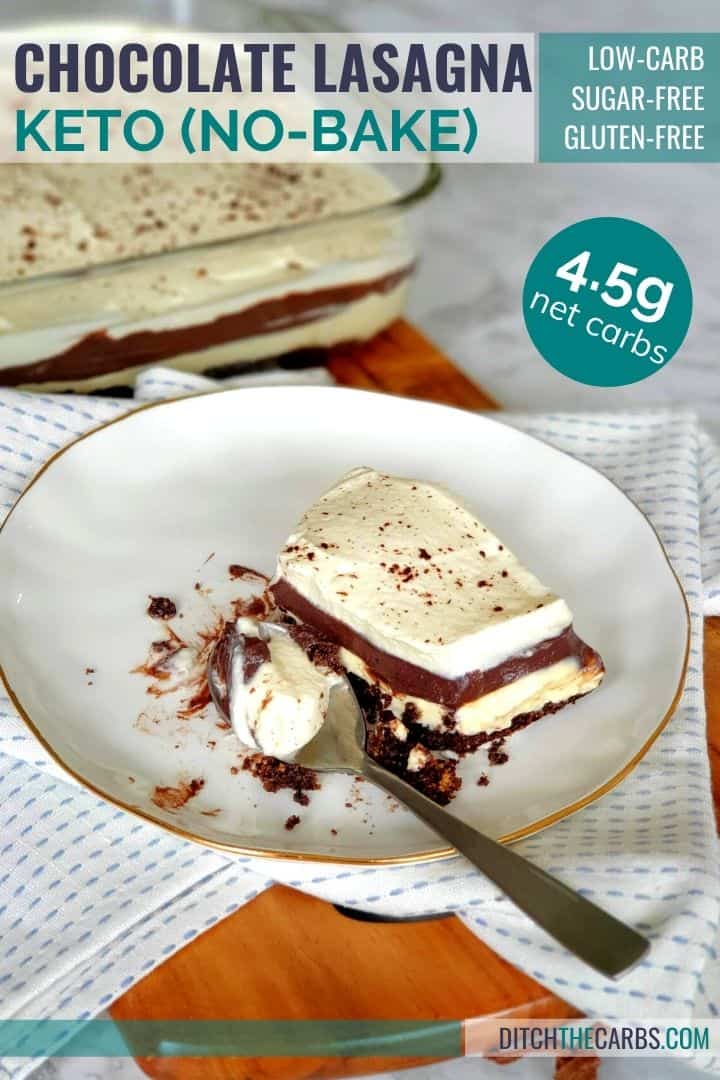
Want a no-bake option? This keto chocolate lasagna will satisfy your sugar cravings without using any natural sugar.
Want to learn more about sweeteners? Check out this Ultimate Guide to Low-Carb Sweeteners!
Get our FREE guide to finally fix your metabolism!
Losing weight & getting healthy is never easy, but lately you might feel like it’s suddenly become impossible.
Our Flip the Switch guide will help you clearly understand what’s been going on, as well as exactly what you can do to get your metabolism working again so that you can look and feel your best—it’s easier and more simple than you think!
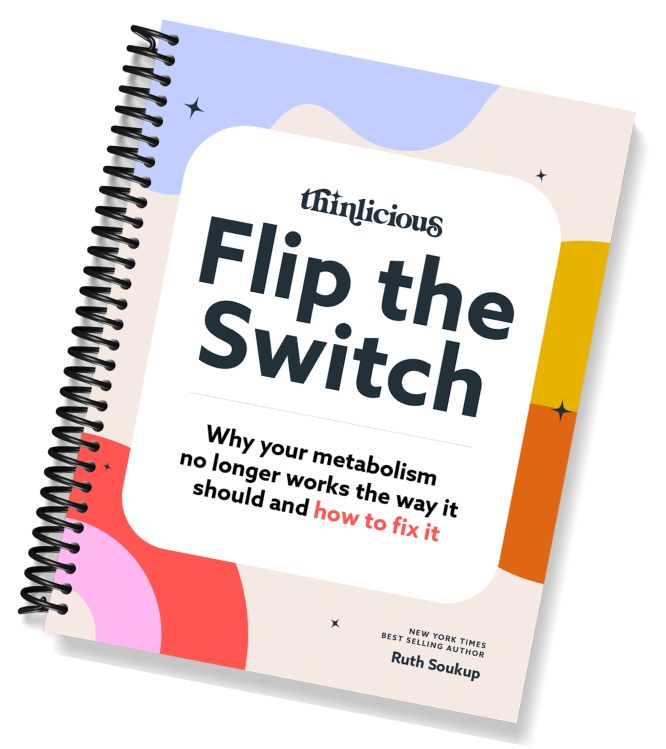



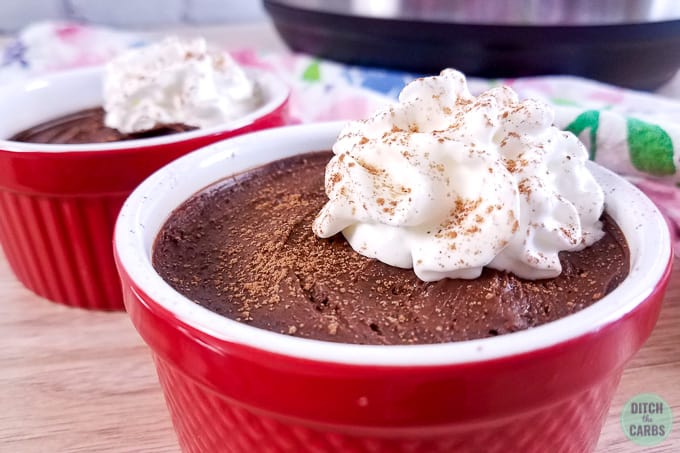
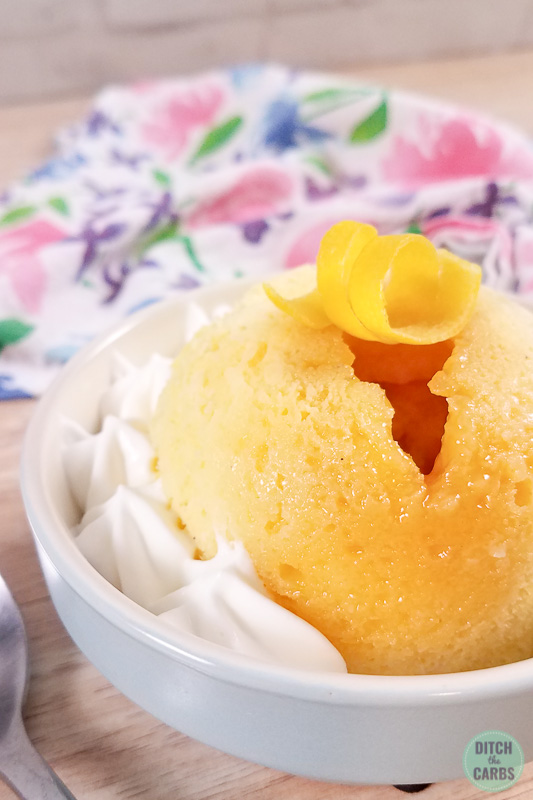
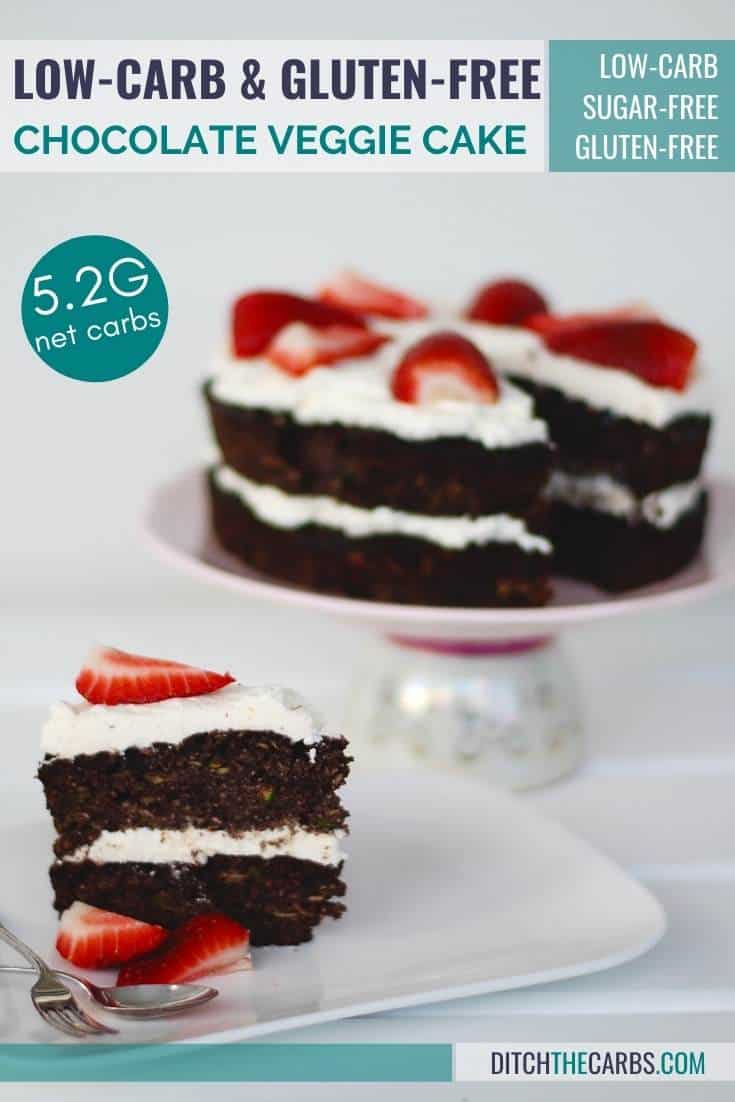
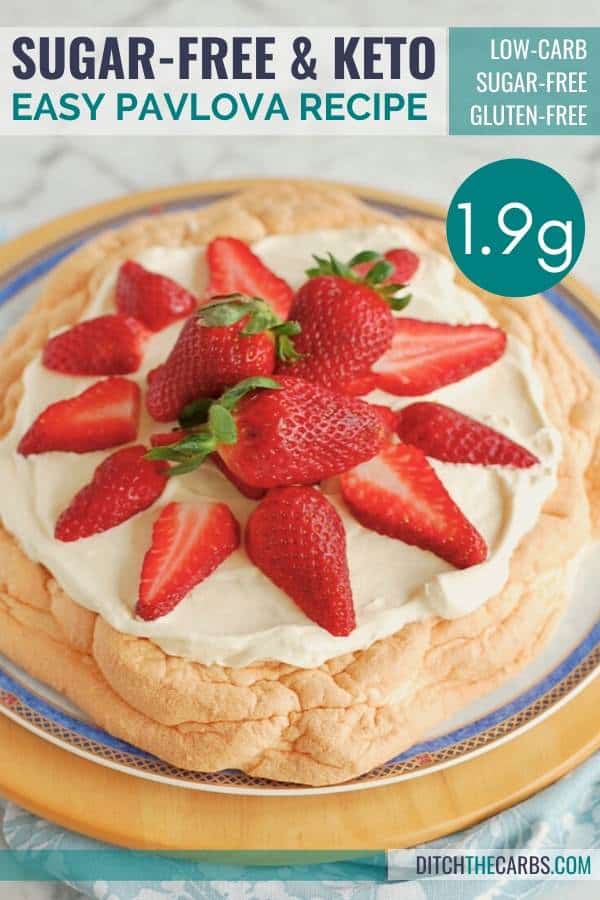

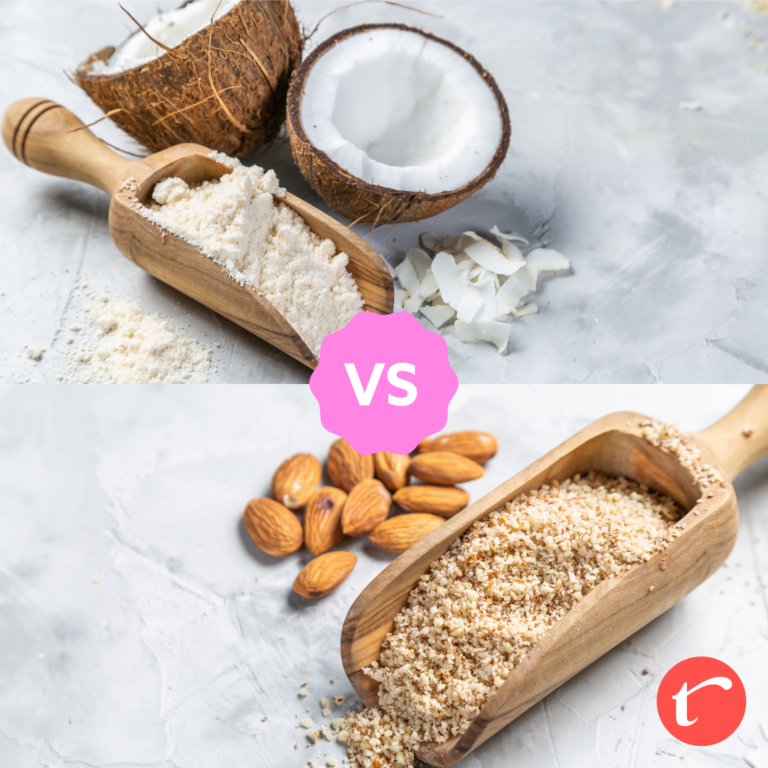
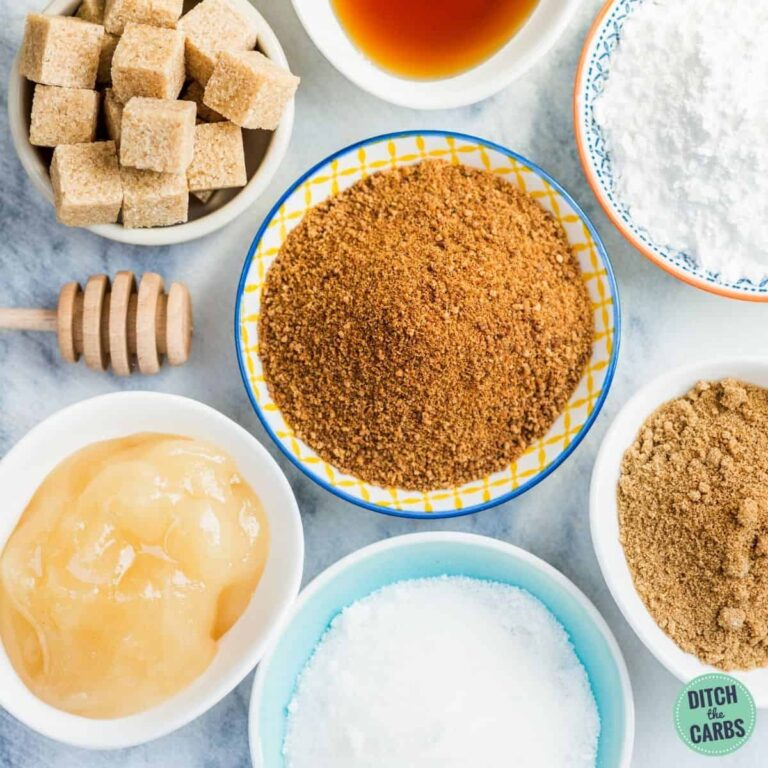
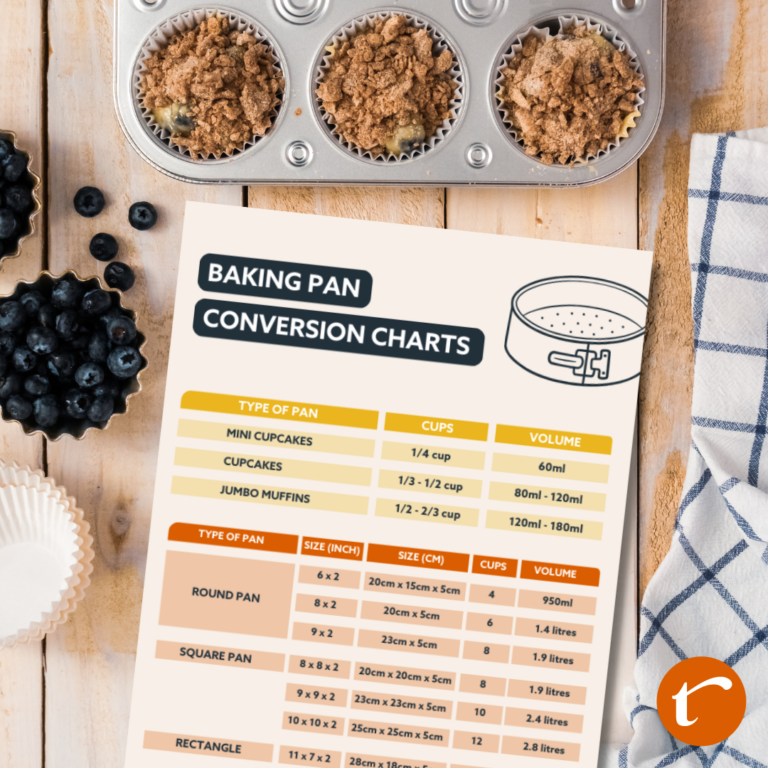
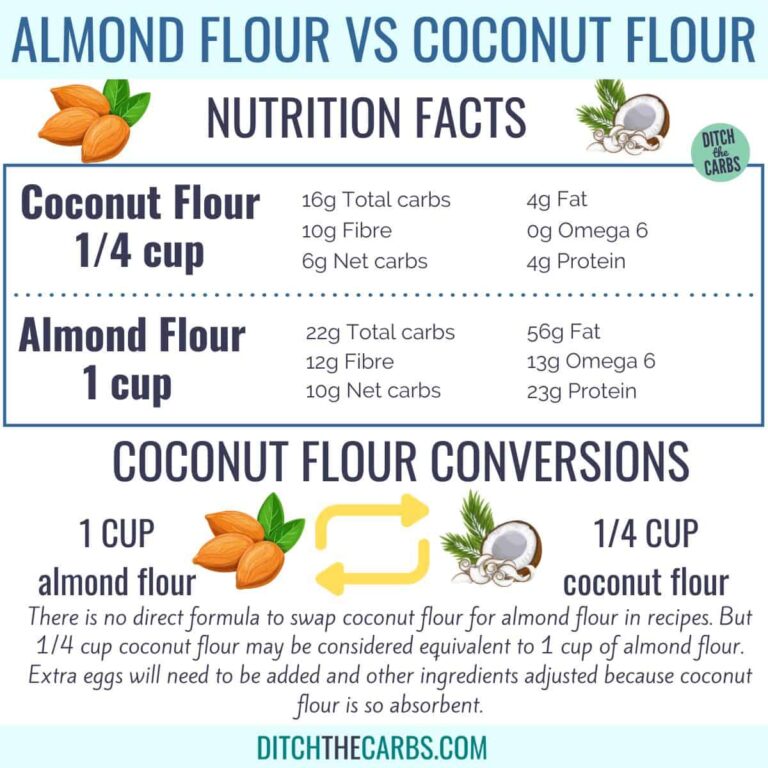
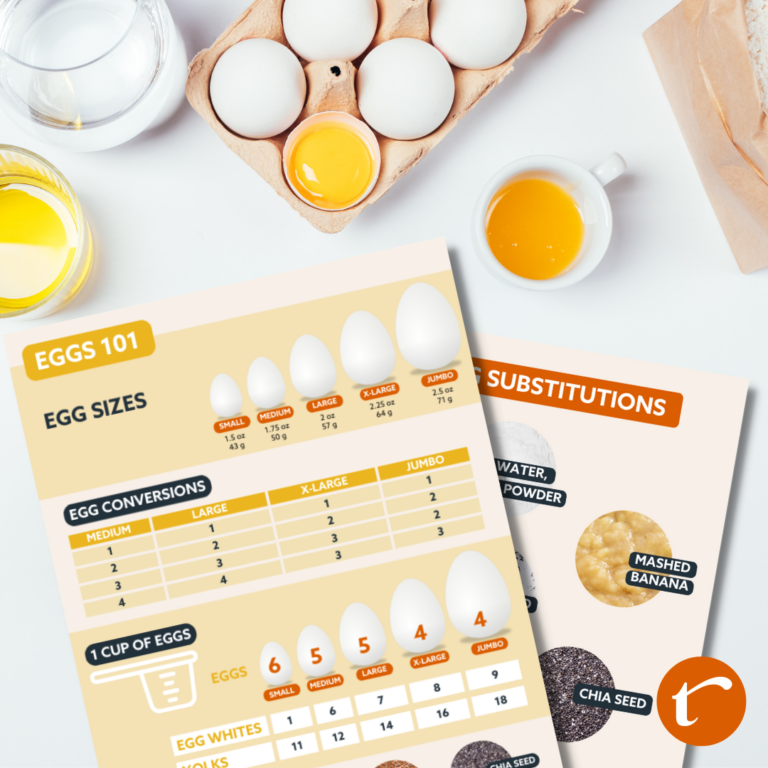

I love the weekly emails. I always learn something. Thank you for helping me on this low carb journey.
Hey there Bettie, I am so pleased you are part of my amazing email community and are enjoying my weekly tips and recipes.